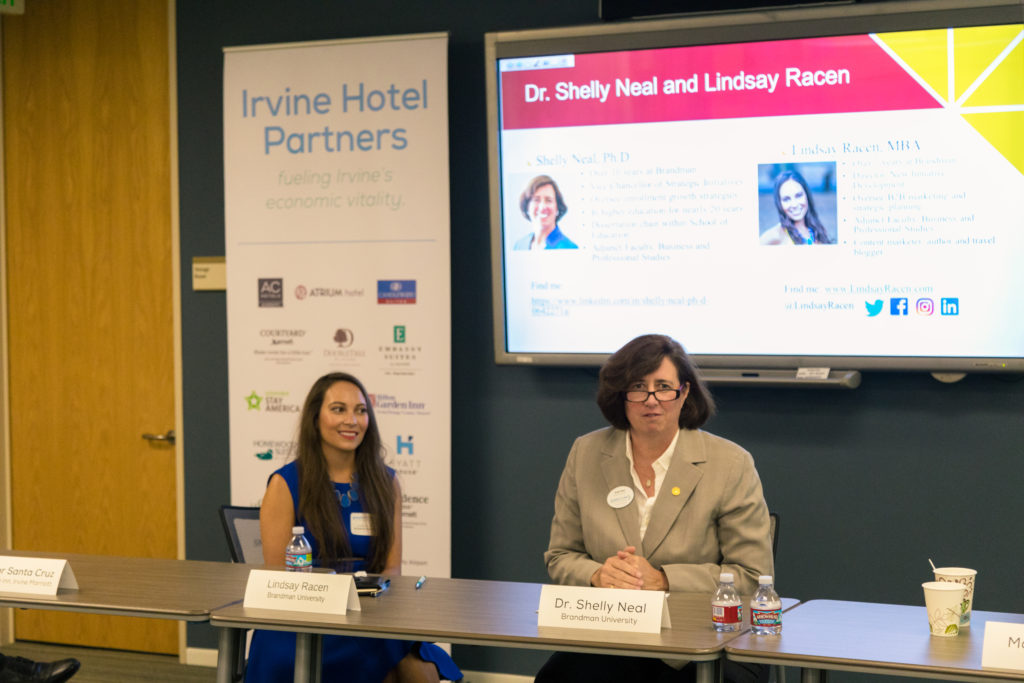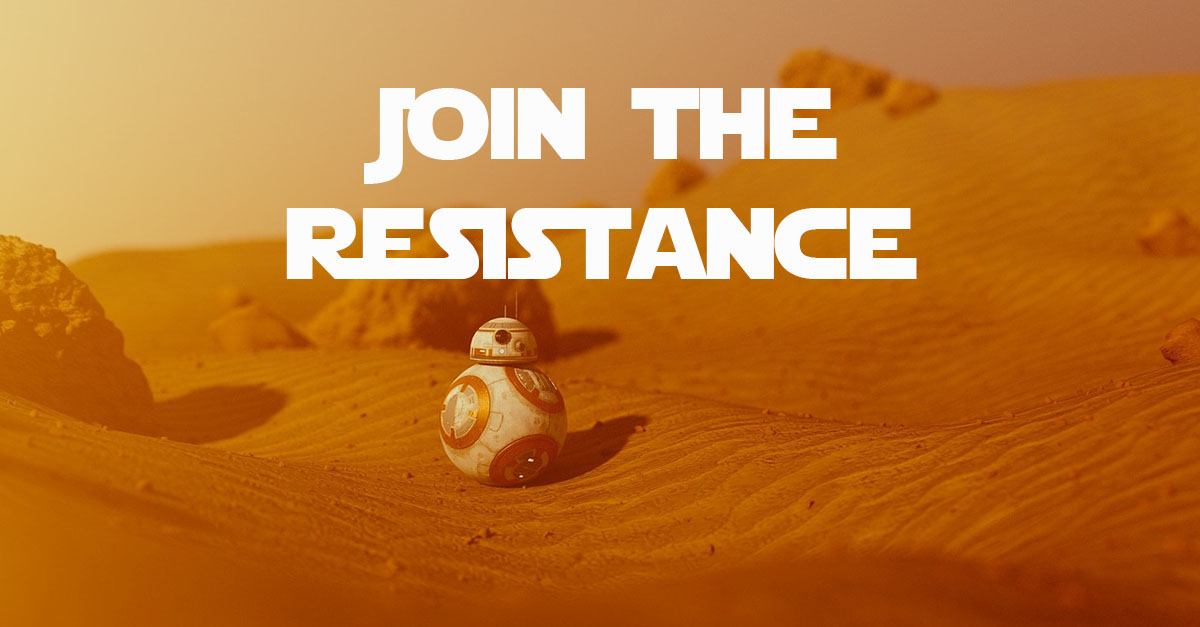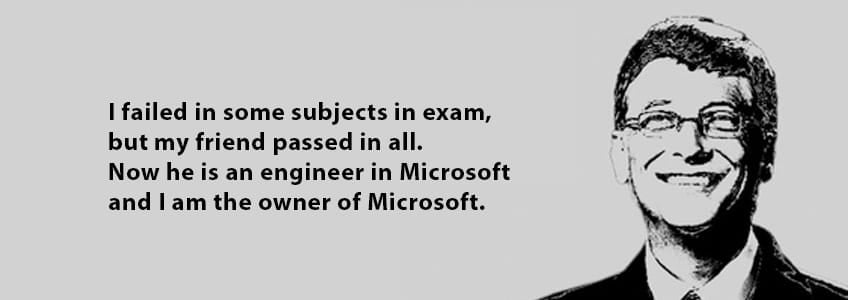This article was published on the UMass Global blog.

Just as we once experienced booms in industry, arts, and social movements, we are now seeing a new generation of learning technologies evolve to re-position the classroom into the cloud. But what exactly does this mean? As producer, author and learning technology expert, Elliott Massie once said, “eLearning is changing. And, we will see new models, new technologies and designs emerge. So, let’s drop the ‘e’ – or at least give it a new and wider definition.”
New Models for the Modern Day Classroom
Adaptive learning, flipped learning, badging, mobile learning, personalized learning, and social learning among others are all models that are gaining traction at all levels of education as parts of emerging technological trends. Even those attending blended learning courses find themselves with their heads in the clouds engaging with one another on interactive discussion forums and other innovative communication tools online. Here we examine these new models by analyzing concrete examples of success:
Adaptive and Personalized Learning
The idea of adaptive learning, although in the early stages of adoption, is gaining traction among colleges and universities (especially with online colleges). Assistant professor Paul W. Thurston, Ph.D., at Siena College for example found that the concept was invaluable to integrating online components into its on-campus Organization and Management class. He implemented LearnSmart technology by McGraw Hill and found that students who were engaged in the online modules, participated more and performed better on quizzes and in-class projects. The technology helped reinforce and better prepare students for in-person instruction which not only helped elevate engagement and retention, but also personalize learning to better accommodate to each individual student’s needs. Read more about this case study and LearnSmart technology.
Flipped and Mobile Learning
Person Higher Ed, in conjunction with its educational partners The Flipped Learning Network and George Mason University, published a white paper that helped define what flipped learning is all about. The model relies on mobile technology and teachers to make lessons available to students whenever and wherever it is convenient for them to learn. Instruction is delivered in a variety of formats including narrating screencasts of work they do on their own computers, creating videos of themselves teaching, or curating video lessons from trusted Internet locations. Flipped Learning is seen to have the following four requirements:
- Flexible environments – This structure can be applied to online as well as blended programming with online or in-class engagement activities complementing the content accessed virtually on their time. Educators must physically rearrange their learning spaces to accommodate the modality that fits the lesson, which might involve independent study, collaboration, research, performance, and evaluation.
- Learning Culture Shift – The Flipped Model requires the modern day classrooms to shift from teacher-centered to student-centered. As the report identifies, “students move from being the product of teaching to the center of learning, where they are actively involved in knowledge formation through opportunities to participate and evaluate their learning in a manner that is personally meaningful.”
- Intentional Content – Flipped educators utilize intentional content by evaluating what they need to teach directly, including thinking abstractly about what materials students should be allowed to first explore on their own outside of the group learning environments. This places the lessons in the hands of the students rather than teachers dictating words and data to passive listeners.
- Professional Educators – The use of rich media in Flipped Learning does not mean that instructors will be thrown to the wayside. In fact, the experts say that professional educators are more important than ever in this model because they help students gain conceptual understandings, as well as procedural fluency.
The higher education case study presented in the report was conducted in a blended electrical engineering class where students would watch lectures on their own and work on exercises and problems in groups. Professors found that students progressed faster than their peers in traditional learning models and test scores exceeded those of their peers.
New Technologies Communities in the Cloud
A staggering 2.6 million students are pursuing their degrees online. The idea of eLearning emerged partially due to bringing education to students separated by distance or creating solutions for working professionals and military personnel who could not attend traditional institutions. In its infancy, online education was partially seen as an individualized experience that isolated the student from his or her peers and instructor. Today, technology has advanced virtual and telecommunication abilities by fully integrating social connectivity into online learning.
From iPads in K-12 classrooms to fully online graduate and undergraduate degree programs, almost every aspect of students’ experiences is connected through Wi-Fi or LTE networks. In fact according to Education Week, due to some big policy changes last year, the FCC has seen a dramatic increase in applicants for e-rate funds that are devoted to increasing internal connectivity on K-12 campuses. The learning strategies used at these levels propel the need for colleges and universities to keep above the pace to prepare to educate the new generation of internet-savvy students. Here we explore some of the ways institutions of higher education have integrated social learning into the classroom in the cloud.
Social Learning and Badges
What exactly is social learning? Although the principle has been around for centuries, the modern understanding comes from Psychologist Albert Bandura’s work in the 1970s that dictated that we learn how to perform tasks by observing someone who models how a task should be performed. As dry as the definition may seem, its application in the online learning environment is practically endless.
Many colleges and universities for example provide their students with google-based email accounts which come fully loaded with a variety of different communication tools that are often overlooked. An instructor may have students create and submit a group writing assignment via Google Docs for instance, where they may use video and/or instant chat features to communicate and contribute simultaneously during the planning process. Integrated activities such as this not only provide social learning opportunities but also get students acclimated to regularly using popular technologies they may find in the workplace. Ultimately, by applying intuitive and engaging technologies, social learning enables rich, real-time interaction that drives collective success.
Blackboard, a leading learning technology company that some of the top universities partner with to make online education possible, debunked four myths of social learning which included identifying the value of integrating some of the popular social media sites’ functionalities with online platforms. With the popularity of communities such as Twitter, Facebook, LinkedIn and Pinterest, there appears to be more and more interest in sharing professional and academic credentials digitally on student profiles. Some online learning platforms feature capabilities for learners to verify skills, achievements, and learning outcomes through credible organizations then share visual representations of them on the web. This essentially allows potential employers and institutions to quickly and easily authenticate the qualifications and expertise of any given candidate.
Online Discussion Forums and Wikis
The tech community and gamers have been using forums for years now to discuss everything from upcoming product launches to secret levels and new realms. And even though Wikipedia is not considered a credible source to site in an academic paper, online course instructors are finding themselves incorporating the technology into weekly, graded activities. In the spirit of social learning, the primary benefit of wikis is that they encourage students to work together to be creative and contribute equally in an open-editing system, similar to the example of the functionality that Google Docs provides. Virtual discussion boards provide similar benefit but some argue that they have stronger mentorship opportunities for faculty in that they not only prompt engaging topics, but also guide deeper inquiry by directly responding to students and the reactions of their peers.
Designing Learning to Build Digital Portfolios
LinkedIn has been promoting digital portfolios for years through user-to-user endorsements, its latest blogging feature, and featuring previous projects directly on professionals’ profiles. As we’ve seen, education platforms are encouraging social learning and sharing through posting badges to track achievements, so it’s no surprise that in the following article featured in this tweet is a prediction of the importance of digital portfolios in the upcoming years. Author Tracy Trowbridge explains:
A New and Wider Definition of eLearning
With all of these perspectives in mind, how do we now define what eLearning is? At Brandman University, we believe in many of the community-driven, innovation rich ideas presented in these learning models and concepts, and are student-centric down to our very mission and vision. As the wider definition of eLearning continues to evolve, Brandman is committed to keeping above pace.












